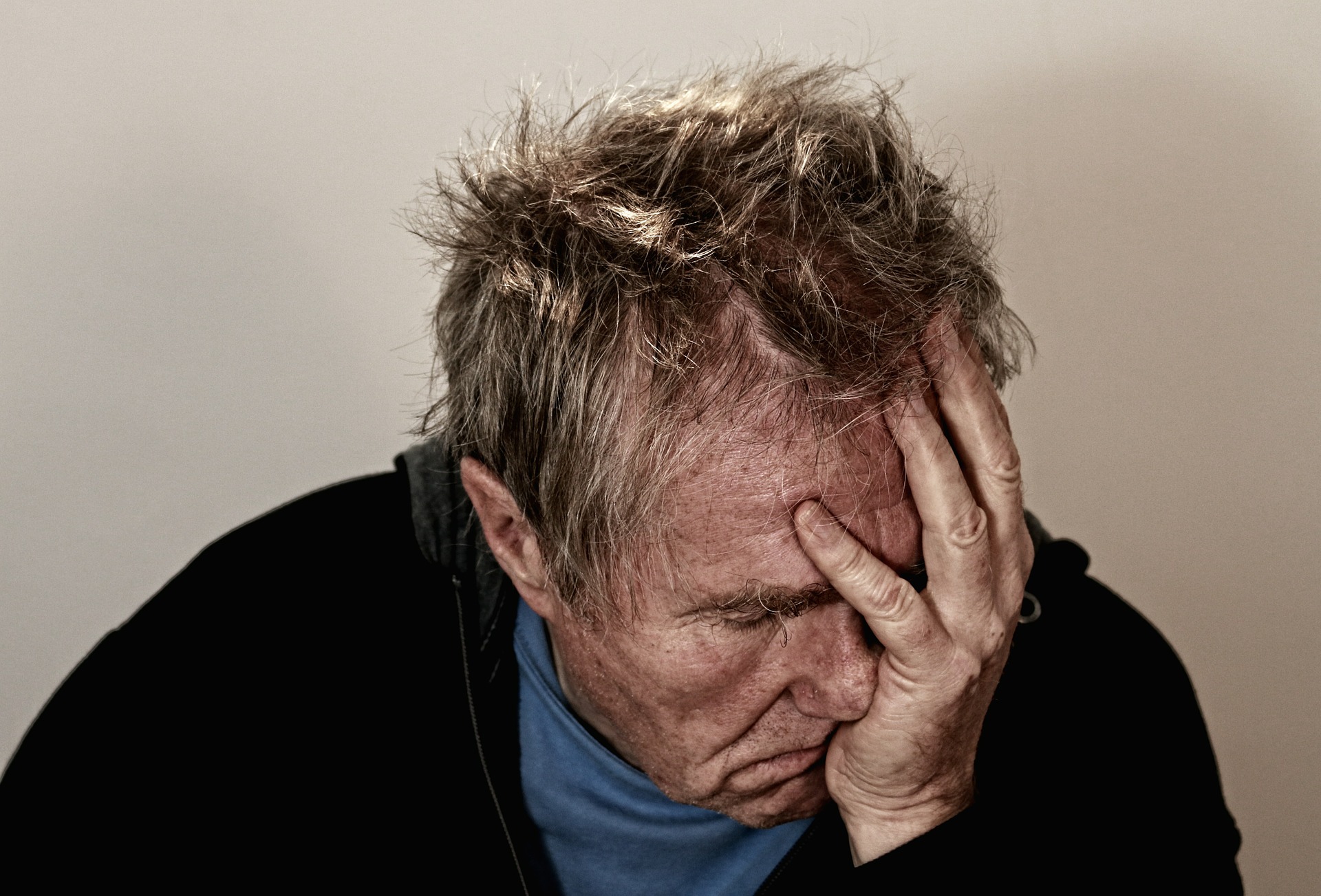5 Signs You Have Chronic Depression

Intro:
Do you feel like you’re in a low mood all day, all the time? Do you remember the last time you felt generally energized and happy for a long period of time? When most of us think of depression, we often think of major depressive disorder, where depression symptoms occur in episodes ranging from weeks to months. However, did you know that depression can persist for longer periods of time, where symptoms last over the course of two or more years without any relief at all? Chronic depression is also known as persistent depressive disorder (PDD), and is defined by a continuous depressed mood that occurs for at least two years. In today’s article, we will address the signs and symptoms of chronic depression.
Disclaimer: Please understand that this article is for educational purposes only and is not meant to be used for diagnostic purposes. If you believe that you may be suffering from persistent depressive disorder, we encourage you to seek help from a mental health professional.
One: You are said to have a depressive personality.
Do you think that you have a generally depressive, pessimistic personality? Do you, or even your friends or family say that you have a generally depressed mood? Those with persistent depressive disorder can be described as having a depressive personality (Stiehl, 2018). If you have PDD, you may experience depression symptoms over the course of many years that start to feel like the norm for you. Remember that your exhibition of depressive symptoms are not your fault at all and that you have little control over your personality when enduring PDD.
Two: You have little relief from depressive symptoms.

Do you feel like your depressive symptoms are persistent and that you rarely experience relief from them? While those with major depressive disorder may feel normal for long periods of time between depressive episodes, those with PDD almost always experience an underlying feeling of depression, regardless of when they endure depressive episodes. It may be represented as a dark cloud that won’t go away, regardless of how bright or sunny your life may seem. If you never feel complete relief from your symptoms in between depressive episodes for multiple years, you may also have persistent depressive disorder.
Three: You can’t recall when you first became depressed.
Do you experience depression symptoms and have trouble recalling when you first became depressed? Because the symptoms of PDD are often less severe than those of MDD and usually occur for a period greater than two years, those with PDD often struggle to recall when their depression even began (Familydoctor.org editorial staff, 2020). Your depressive symptoms may feel embedded as a part of your life due to the chronic, mild to moderate depression severity of the disorder. As a result, there may not have been an obvious shift from a normal to a depressed state in your life; the state of depression itself may feel like the norm to you.
Four: Every day feels like a bad day.

Do you feel like you know the day is going to suck as soon as you wake up? You may be living in a depressed mood, hopeless that your life will get any better. One of the most defining symptoms of PDD is a low, sad mood on most days, and a persistent feeling of sadness or loss of interest in hobbies or daily activities (Devash, 2020). Those with PDD have little to no relief from their symptoms and often experience a lingering sense of depression that almost never allows the day to feel enjoyable.
Five: You feel fatigued and unproductive.
Over the course of multiple years, have you been feeling like you consistently have little energy throughout the day? You might even feel unproductive and blame yourself for being lazy (Mayo Clinic Staff, 2020). Carrying out tasks you need to do such as brushing your teeth, getting out of bed, or going grocery shopping may seem insurmountable. Mustering the energy to overcome these tasks can feel impossible. Those suffering from PDD may experience these symptoms over the course of multiple years, and subsequently feel critical of themselves for being unable to deal with various tasks. In addition, fatigue from depressive disorders may stem from irregular sleep patterns, including insomnia and hypersomnia. If you have been experiencing these symptoms for two or more years on a daily basis, you may have PDD.
Closing thoughts:
Do you experience some of the signs listed above? Oftentimes, PDD goes undetected by mental health care professionals due to its milder, persisting nature which may cause the individual to feel that the symptoms are simply a normal part of their life. Even if depressive symptoms of PDD generally range from mild to moderate per official criteria, it is still an issue that needs to be addressed. If you think that you may have PDD, regardless of the severity of the depression, we encourage you to seek advice from a mental health professional.
References:
Devash, M. (2020, February 18). Let’s Talk About Chronic Depression. HealthCentral. https://www.healthcentral.com/condition/chronic-depression
Familydoctor.org Editorial Staff. (2020, March 31). Persistent Depressive Disorder (PDD). familydoctor.org. https://familydoctor.org/condition/persistent-depressive-disorder/
Mayo Clinic Staff. (2018, December 8). Persistent depressive disorder (dysthymia). Mayo Clinic. https://www.mayoclinic.org/diseases-conditions/persistent-depressive-disorder/symptoms-causes/syc-20350929
Stiehl, C. (2018, May 4). The Difference Between Depression and Persistent Depressive Disorder, aka Dysthymia. SELF. https://www.self.com/story/persistent-depressive-disorder-depression



Responses